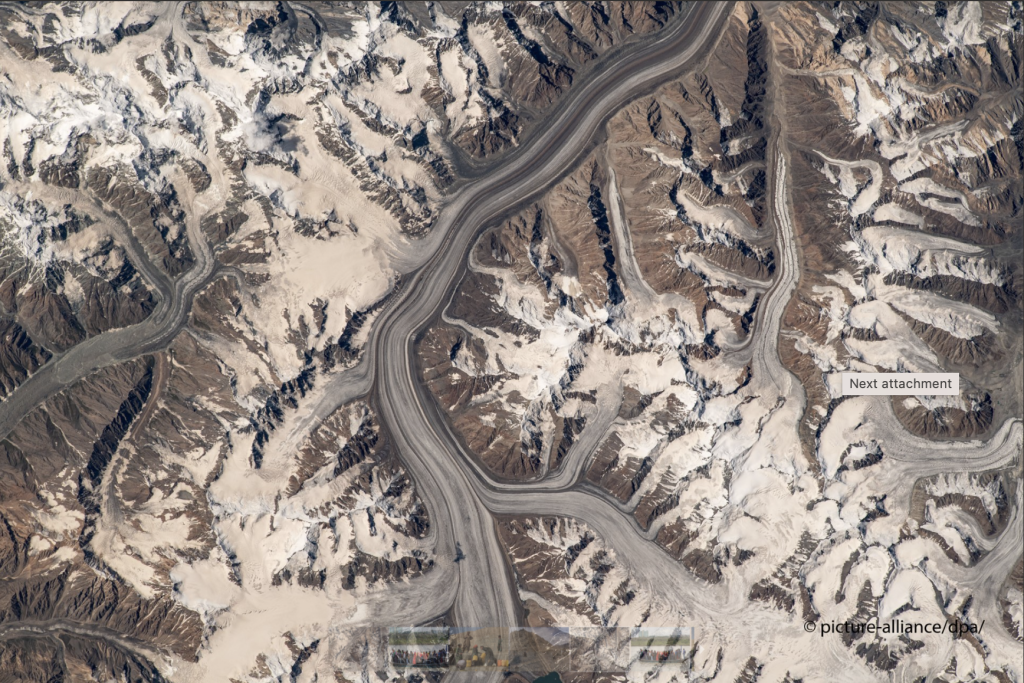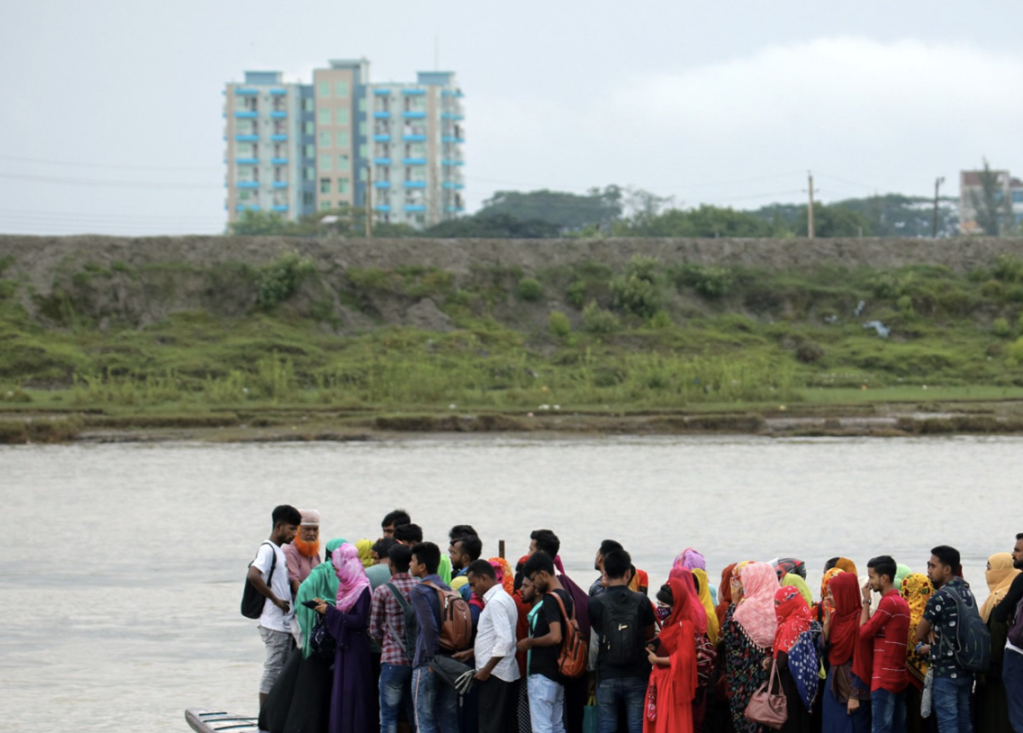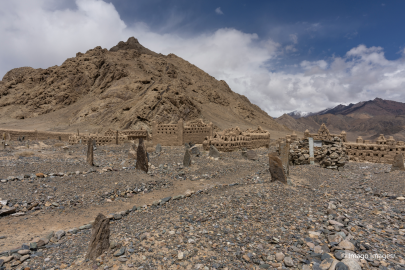The former Soviet country with a population of around 10 million is listed as Central Asia's most prone nation to suffering the effects of global warming. But it is only joining a growing list of regions around the globe which are facing the threat of displacement due to climate change.
Authorities in Tajikistan warn that hundreds of thousands of people are currently living in regions threatened by climate disaster and risk displacement, news agency Agence France Presse (AFP) reported today (April 17).
Speaking to AFP, Murotbek Murodov, an officer with the Tajikistan emergency situations ministry, said there were more than 1,000 "dangerous zones" in the country that people needed to be removed from in order to avoid tragedy.

The former Soviet country with a population of around 10 million is listed as Central Asia's most nation prone to facing the effects of climate change. According to authorities, more than 550 emergencies linked to such natural disasters have killed a total of 51 people last year.
A World Bank report attributes Tajikistan's susceptibility to climate change to its overall mountainous terrain and its dependency on water resources from glaciers.
The melting of glaciers due to rising temperatures combined with the mountainous landscape increase the risk of mudslides, landslides, and avalanches, which extreme weather events can further exacerbate.
Climate migration and climate refugees
By 2050, global think tanks and organizations predict the severe displacement of millions of people around the globe due to a convergence of environmental change, conflict, and civil unrest driven by climate change.
Aid agency Oxfam forecasts a 30% increase in malnutrition in the most affected countries, estimating up to 216 million climate migrants worldwide also by 2050.
The UN authority on migration, the International Organization for Migration (IOM), reports that weather-related events accounted for 98% of the 32.6 million new internal disaster displacements in 2022 -- a trend expected to escalate with rising global temperatures.
Around the globe, the poor are disproportionately affected typically due to the compounded negative economic impacts and the lack of resources to migrate.

Other experts, however, have expressed a more tempered outlook: Jacob Schewe of the PIK FutureLab notes that while migration related to climate change has increased, its rate of development has been lower than originally anticipated.
Additionally, a report by the Climate Migration Institute challenges predictions of mass cross-border migration due to global warming, suggesting that movements of people are primarily internal and temporary rather than permanent.
Read more: The heat is on: how climate change and migration trends do – and do not – overlap
Lasting impact of disasters
Nevertheless, the IOM predicts the number of "environmental migrants" could reach a number between 25 million and 1 billion by 2050.
While climate change projections highlight potential future threats of natural disasters, residents of climate disaster-prone countries like Tajikistan already feel the lasting impact of climate crisis now.
Yodgoroy Makhmaliyeva, 61, who lives in Khuroson in western Tajikistan, suffered displacement when massive mudslides hit the area four years ago. In an interview with AFP, Makhmaliyeva recalled how heavy snowfall and relentless rain unleashed a monstrous landslide that eventually engulfed their family home.
Designated as "ecological migrants," the Makhmaliyev family were moved to allocated homes in a settlement established by the government, approximately 70 kilometers (43 miles) south of the capital, Dushanbe.
Read more: How Europe might cope with climate refugees
However, the simple act of moving to a new place has not made it easier for Makhmaliyeva to move past the trauma she and her family suffered.
Meanwhile, the Makhmaliyevs are one of thousands who are among more fortunate Tajiks: the government reports the relocation of 45,000 people from 2000 to 2017, with tens of thousands still waiting for a new roof over their heads.
This piece is based on an AFP feature
